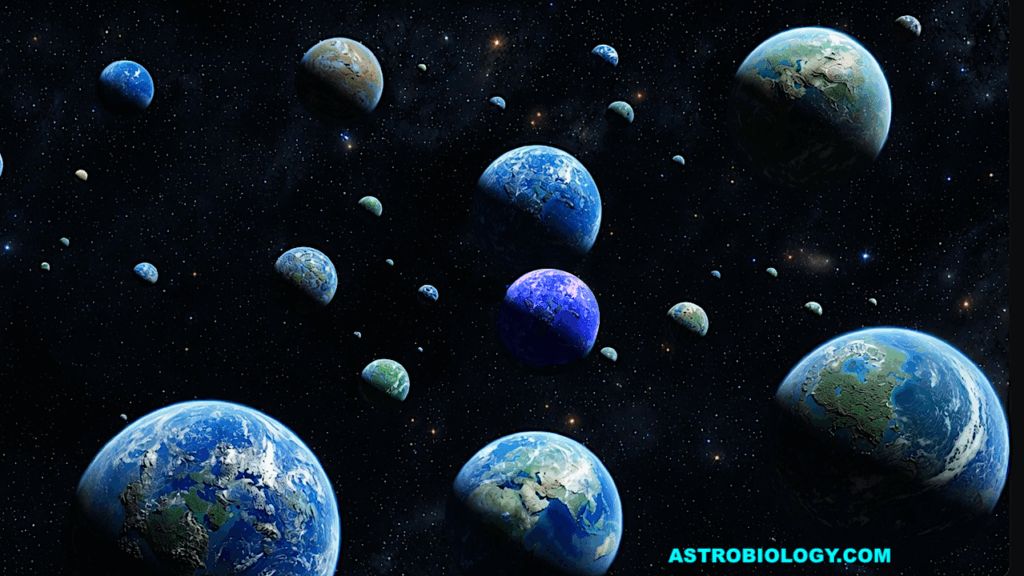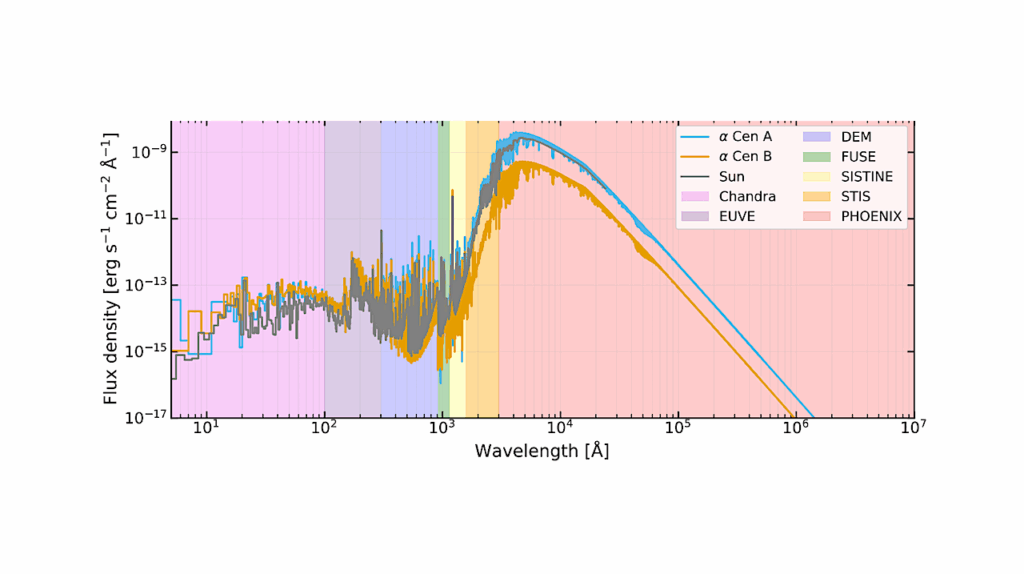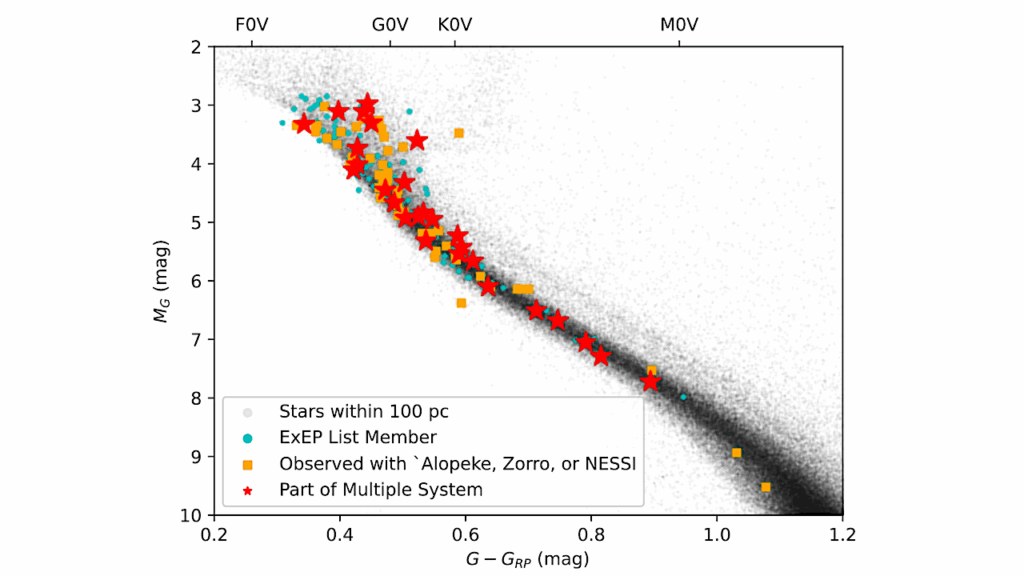Life On Miller's Planet: The Habitable Zone Around Supermassive Black Holes

In the science fiction film Interstellar, a band of intrepid astronauts sets out to explore a system of planets orbiting a supermassive black hole, searching for a world that may be conducive to hosting human life.
While the film legitimately boasts a relatively high level of scientific accuracy, it is still restricted by Hollywood sensitivities and limitations. In this paper, we discuss a number of additional astrophysical effects that may be important in determining the (un)inhabitable environment of a planet orbiting close to a giant, accreting black hole.
Foremost among these effects is the blueshift and beaming of incident radiation on the planet, due to the time dilation of an observer orbiting very close to the black hole. This results in high-energy flux incoming from surrounding stars and background radiation, with significant implications for habitability.
Jeremy D. Schnittman
(Submitted on 24 Sep 2019)
Comments: based on talk given at Library of Congress, May 2016, available here: this https URL
Subjects: Popular Physics (physics.pop-ph); Earth and Planetary Astrophysics (astro-ph.EP)
Cite as: arXiv:1910.00940 [physics.pop-ph] (or arXiv:1910.00940v1 [physics.pop-ph] for this version)
Submission history
From: Jeremy D. Schnittman
[v1] Tue, 24 Sep 2019 21:36:05 UTC (1,884 KB)
https://arxiv.org/abs/1910.00940
Astrobiology








